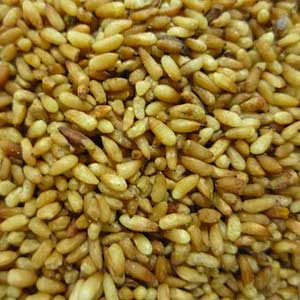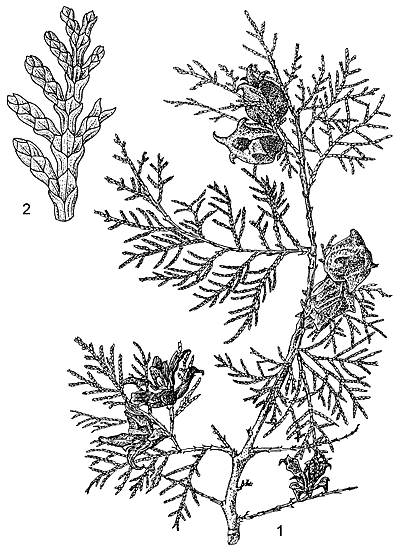[1] Barefoot Doctor's Manual- 1977 Prepared by the Revolutionary Health Committee
of Hunan Province. Original Chinese manual- Victor W. Sidel. Originally published
by Dr Joseph Quin and the Fogarty International centre, Bethdesda (1974). Madrona
Publishers Seattle Washington ISBN 0-914842-52-8
[2] A Complete English Dictionary of Medicinal Terms in Chinese Acupuncture and
Herbalism 1981- Henry Lu Chinese Foundations of Natural Health- The Academy of
Oriental Heritage, Vancouver, Canada.
[3] Translation notes from Gary Seiford and Hocu Huhn - NSW College of Natural
Therapies. Sydney Australia.
Images
1.
prota4u.org
2.
prota4u.org
3.
plumdragonherbs.com
4.
acupuncture-and-chinese-medicine.com Platycladus
orientalis. Biota orientalis,
Thuja orientalis Biota,
Thuja, Arborvitae
Family: Cupressaceae
Platycladus
orientalis. Biota orientalis,
Thuja orientalis Biota,
Thuja, Arborvitae
Family: Cupressaceae


 FLAVOR: Bitter, acrid, harsh CHANNELS:
Lung, Liver, Large Intestine
FLAVOR: Bitter, acrid, harsh CHANNELS:
Lung, Liver, Large Intestine